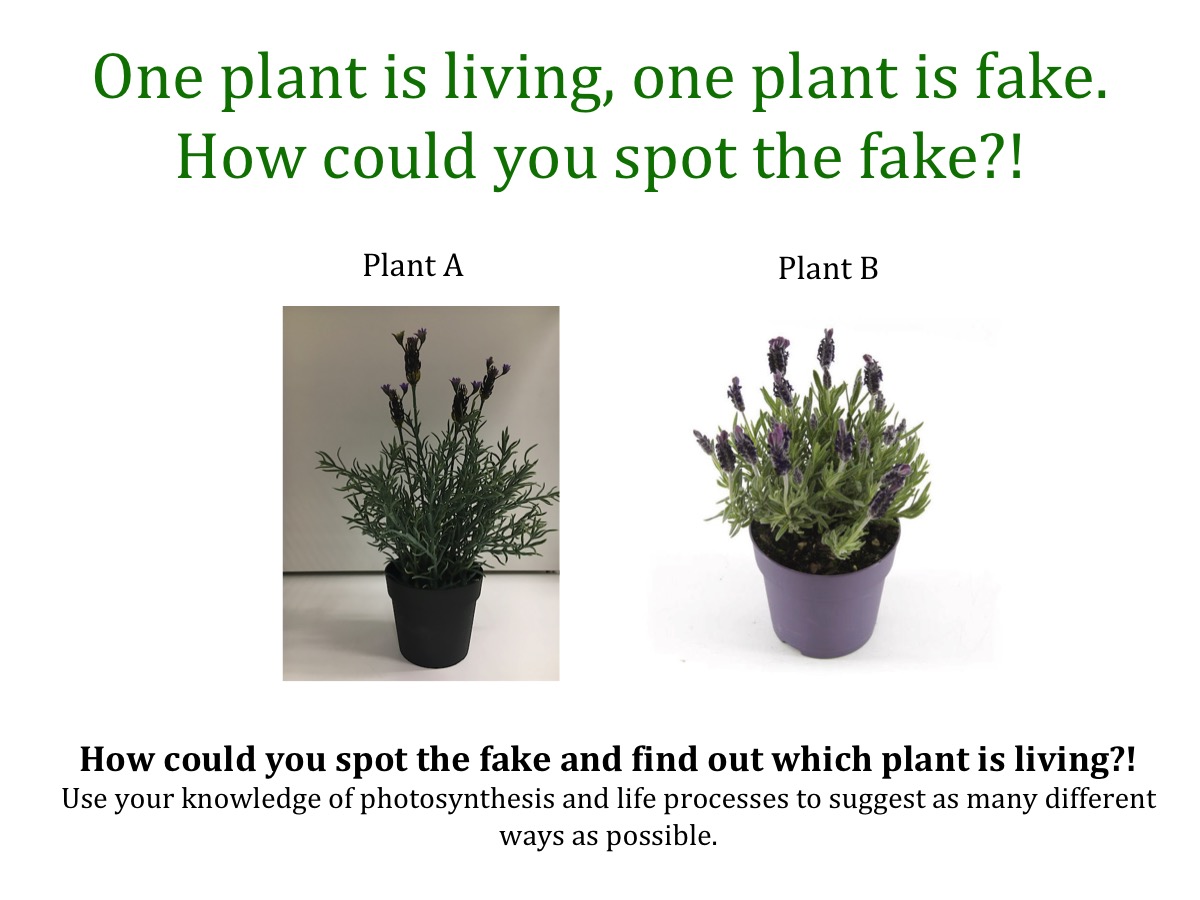MRS GREN and the characteristics of life
Worksheets and lesson ideas to challenge students aged 11 to 16 to think hard about the seven life processes (GCSE and Key Stage 3)
Overview: what makes something living? MRS GREN (or MRS NERG) is an attempt to try and define the characteristics unique to living organisms: movement, respiration, sensitivity, growth, reproduction, excretion and nutrition. Whether these seven characteristics represent the ‘truth’ is less important than the discussions students have exemplifying each characteristic using a range of organisms e.g do bacteria reproduce, do plants excrete, how do fungi obtain their nutrition?
Key concept: living organisms share a number of features that are not shared with dead organisms or objects that have never lived.
From big idea: organisms are organised on a cellular basis and have a finite life span.
Linked knowledge: it makes more sense to consider what living means in detail once students have been introduced to cell structure, cell division and respiration.
Misconception [scientific idea]: fire, soil are living [fire and soil have never lived]; plants are non-living [plants are living]; viruses are living [viruses are non-living]
Teaching resources
Where to start?
This entertaining video of Robin Williams trying to find out whether his shoe is living or non-living could be used as a starting point to consider what living means. Remember, many students will consider milk living and plants non-living. Really probe students’ understanding to find out what they think living means. Are fires, rivers and milk alive?
Living, non-living and dead
Key Stage 3 worksheet on living and non-living things. Students read a story and identify things that are living, things that are dead and things that never lived. This activity then leads to thinking about what makes something living and gives time to address some misconceptions e.g. milk is living. (PDF)
 Spot the fake – using MRS GREN to see if an object is living
Spot the fake – using MRS GREN to see if an object is living
Worksheet using MRS GREN to find out if an object is living. MRS GREN/NERG is often introduced as a list to learn without any time to use this knowledge. This activity asks students to use the characteristics of life, together with their knowledge of plants, to suggest some ways to determine if a plan it living or non- living. This activity could be used after MRS GREN has been introduced to provide time for students to wrestle with these concepts, or perhaps to activate prior knowledge before any unit on plants e.g. photosynthesis. (PDF)
Plants and MRS GREN: using the seven life processes
GCSE and Key Stage 3 worksheet looking at plants and the seven life processes. Students consider whether plants perform the seven life processes. Working in groups, students explore and remedy various misconceptions about plant biology through the context of MRS GREN. (PDF)
Going deeper
- If life exists on other planets, what features would you expect these extraterrestrial organisms to share with organisms from Earth?
- Is a picked apple dead or alive?
- Does life have to be cellular?
